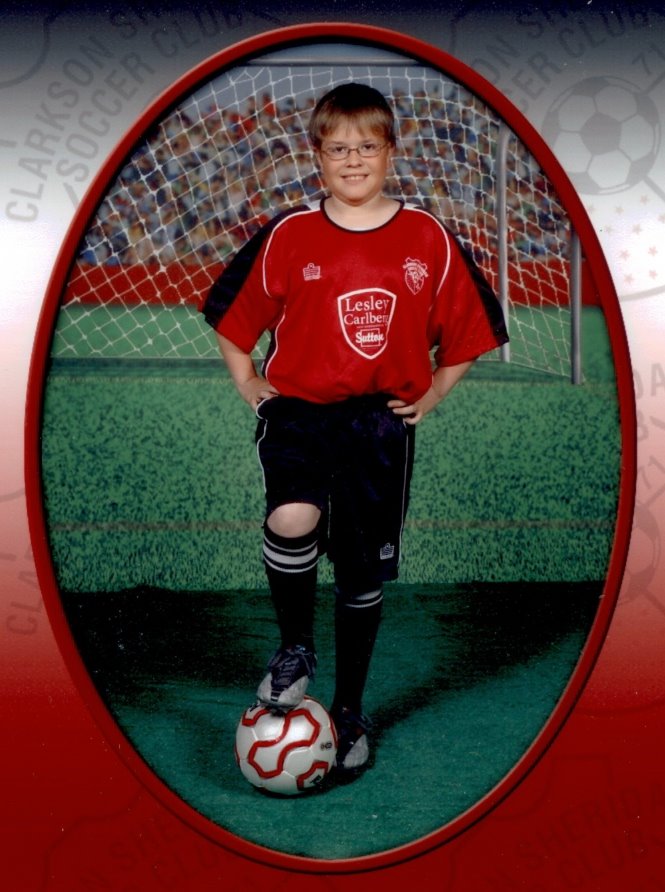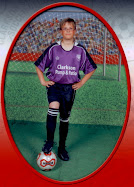My approach was to look at the data from 2004 - 2012. This takes in:
- the First Gibbons Era (50 games in 2004, full seasons 2005 - 2007, and 74 games in 2008)
- the Gaston Restoration (88 games in 2008 and all of 2009 and 2010)
- the Farrell Interregnum (full seasons in 2011 and 2012).
Some interesting, and slightly scary, trends and patterns appear.
- Gibbons underperformed the expected win-loss figures for four of his five years with the team - every year except 2006, when his team went 87-75 against an expected 86-76. He actually managed to be sub-.500 in three of his five years when the expected figures would have had the team over .500 four of the five years. By contrast, Cito slightly overperformed in 2008 and 2010 (but managed in 2009 to take a team that "should have" been 84-78 to a 75-87 record). Farrell was pretty much where the expected win-loss predicted in his two years with the team - 81-81 in 2011 with a team expected to be 79-83, but 73-89 last year with a team that was expected to be 74-88.
- In terms of numbers of different lineups used, Gibbons and Farrell are surprisingly similar. On a normalized basis, Gibbons used 131 different lineups in each of 2007 and 2008 - exactly the same number as Farrell used in each of 2011 and 2012. Both of them used a lot more different lineups than Cito - normalized, Cito used 120 different lineups in 2008, 105 in 2009 and 103 in 2010 - the three lowest figures in the period since 2004. [Gaston's 120 in 2008 is tied with Gibbons in 2006 for third lowest.]
- Gibbons used way more pinch-hitters than either Gaston or Farrell. In his five years, the lowest number he used was 112 in 2006 - by contrast, Cito's high-water mark was 66 in 2008 (normalized) and Farrell used 64 and 94 respectively in his two years. The three managers were reasonably comparable in their use of pinch-runners.
- Gibbons likes the defensive substitution - he averaged 31 substitutions a year in his five years, as against 19 for Farrell (22 in 2011 and 16 in 2012). Cito averaged 29 but that number is biased way up from his normalized 55 in 2008 - he used 18 and 13 respectively in 2009 and 2010.
- A bit surprisingly, the three managers were reasonably comparable in their handling of pitchers. Gibbons had a quick hook his first three years with the Jays (the three highest figures of the period) but moderated a lot in 2007 and 2008. Cito was less likely to bring out the hook in 2008 and 2009 but his 51 quick hooks in 2010 were more than either of the Farrell years (40 and 49). Gibbons was slightly less likely to be slow with the hook than Farrell, and more likely to let his relievers go on consecutive days (average 82 times a year in the five years, as opposed to Farrell's 73, albeit made up of one year of 62 and one of 84).
- Gibbons was less likely to go with the stolen base attempt than Farrell (but more likely than Cito), and much less likely to put runners on the move. Farrell had the runners moving 181 times in 2011 and 211 times in 2012 - Gibbons never sent the runners more than 152 times in any of his five years (and that was normalized 2004, far above his average).
- Gibbons pitched out a lot more than Farrell - he averaged 42 pitchouts in each of the five years, while Farrell only called 22 in 2011 and 15 in 2012. Gibbons also loved the intentional walk, averaging 42 of those a year too against Farrell's 24.


